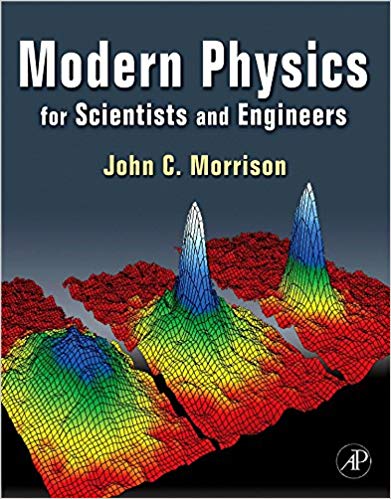Please answer all parts completely and in detail
with a Massive Pulley Recall Atwood's Machine, illustrated below, from earlier this semester (Forces: Examples of the Application of Newton's Laws (https:/ilearn.laced.edu/courses/270459/pages/forces-examples-of-the-application-of-newtons-laws)_) when we first examined forces. Two masses mi and m2 (m2 > m1 ) are attached by a massless rope that winds around a pulley that is supported by a cord from the ceiling. Previously we assumed the pulley to be massless and frictionless, now we remove both restrictions and allow the pulley a mass M and radius R. Static friction is necessary if the rope, rubbing against the pulley, is going to make the pulley rotate. Additionally, the friction will allow the rope to slide around the pulley without slipping. Modeling the pulley as a uniform disk means its rotational inertia is Idisk = , MR2. Assume that the acceleration due to gravity is g. m1 m2 a. Make complete and properly labeled force diagrams for mass m1 and m2 and a complete and properly labeled extended force diagram for the pulley. b. The tension in the rope that winds about the pulley is not a single value as it was in the Atwood's Machine we saw earlier. The reason being, if the tensions were the same pulling down on either side of the pulley, the pulley would never rotate. With this in mind, write expressions for Newton's 2nd Law for each mass mi and m2 and an expression for the rotational form of Newton's 2nd Law for the pulley. 5/1/24, 12:10 PM Problem Solving Assignment 12 c. As stated in the problem, the rope will slide around the pulley and rotate it without slipping. What this means is that the rate of rotational acceleration of the pulley is directly related to the rate at which the two hanging masses move. We already know that the two masses must move the same way (one up and the other down) due to the rope connecting them. In addition to that, the amount the pulley rotates will be equal to the length of rope that passes over and rotates the pulley, their motions are linked: W = R and O = R (these are the same conditions for any object that rolls without slipping). Use this knowledge to show that the acceleration of the masses, and the tensions in the left and right string are given by the following expressions a= - my m1 2mimzg+=myMg Theft mitmy+ = M 2mimzg+ =mz Mg Tright = mitmat = M d. A student proposes to evaluate this same problem using energy principles. They decide to work with the system composed of the pulley, the two hanging masses, and the Earth. Is the energy of this system conserved? Explain your conclusion. e. Following from part d, the student assumes that the system starts from rest, and that mass m1 rises a height h, while mass m2 falls a height - h allowing the pulley to gain a rotational velocity and the masses to gain speed. They express the energy change as: AEsys = AK1 + AK2 + AK pulley + AUgrav,1 + AUgrav,2 = 0. Using the given quantities they express this equation as: AEsys = (2m1v2 - 0) + (2m282 - 0) + [2 (;MR2) w2 - 0] + might + magh = 0. Unfortunately, they have made one small, but important, error. What mistake has been made in this expression? f. After correcting the error in part e, the student rearranges the last expression to show that (mi + m2 + zM) v = 2(m2 - mi) gh. Use this expression and what you know about kinematics to arrive at the same acceleration that was found in part c







